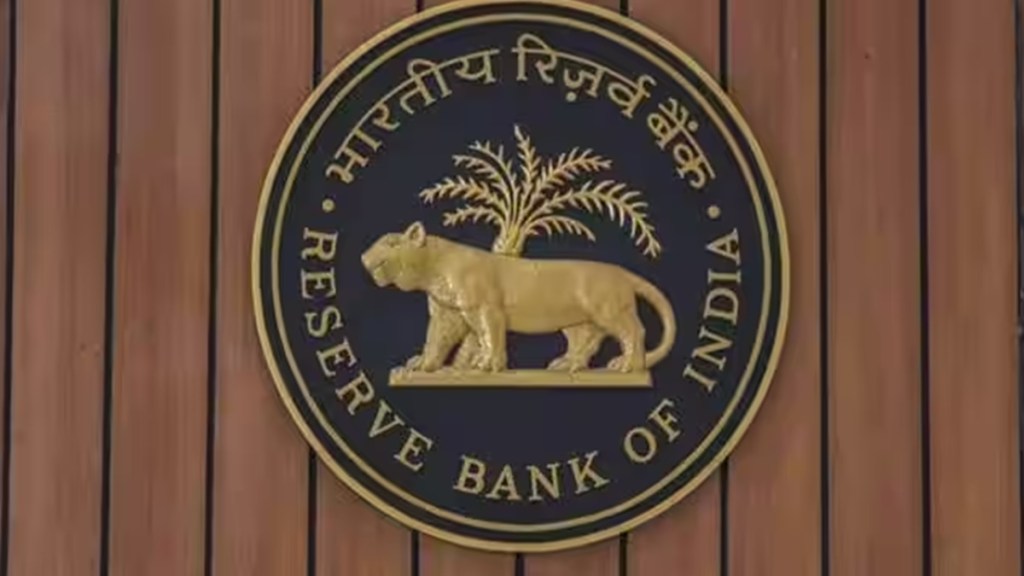RBI’s 3-day bimonthly meeting of the Monetary Policy Committee is underway. A decision is expected tomorrow. Inflation is one of the key concerns for the economy. However, industry speakers believe that while the Central Bank may adopt a more hawkish stance a rate hike may not be on the cards this time.
Let’s hear in what some key industry speakers believe-
Shishir Baijal, Chairman and Managing Director, Knight Frank India.
We expect the Reserve Bank of India’s Monetary Policy Committee (RBI MPC) to keep the REPO rate unchanged as inflation rate in India remains within the upper threshold of tolerance. This will help the real estate sector maintain its current momentum. With the last few revisions, the repo rate has gone up by 250 BPS, and as a result of this, the base lending rate for home loans have increased by 160bps with the last three revisions being completely passed on to the home buyers. This has started to impact housing demand, especially in the affordable segment. The mid segment too has seen moderation with demand plateauing in the last few quarters. A further increase in the REPO rate could potentially dampen buyers’ sentiment and impact housing affordability.
Deepak Agrawal, CIO- Fixed Income, Kotak Mahindra Asset Management Company
The Q2FY 24 inflation (July-Sep 2023) inflation is likely to be a little over 6% as against the RBI forecast of 5.2%. This is due to a sharp spike in vegetable prices, particularly tomatoes. We don’t expect any spill-overs from food inflation to core inflation, as the rise in prices are expected to be temporary. Core CPI inflation is expected to remain steady at ~5.1% for the rest of FY 2024. This should be a source of comfort for the RBI & we expect RBI to keep rates unchanged and continue with “withdrawal of accommodation” monetary policy stance.
Shreyansh Shah, Research Analyst, StoxBox
Amid accelerating food inflation, the RBI is likely to keep the repo rate unchanged at 6.5% at its monetary policy meeting outcome due tomorrow. We believe that the recent surge in vegetable prices is transient and would be interesting to see whether the central bank resorts to any upward revision to its consumer price inflation forecast. Though the RBI may take some comfort from the declining core inflation, we expect it to continue with its hawkish stance, especially amid the prevailing global uncertainties and the likely occurrence of El Nino. It would also be interesting to see the tone of policymakers following the recent decision of the US Federal Reserve to resume interest rate hike which has narrowed the US-India interest rate gap. While a rate cut still looks far away, probably into the next fiscal year, the RBI has a task at hand to manage inflation without jeopardizing economic growth which has been the fastest amongst major economies around the globe.
Ranen Banerjee, Partner, Economic Advisory Services, PwC India
While the inflationary pressures are upwards owing to primarily vegetables and some other food items, given that the inflation print is going to be below 6%, the MPC can afford to continue with a pause. The yield differential between US and India is almost similar to what it was two months back and the reserves have become stronger crossing USD 600 billion. Thus, there is no immediate pressure or concern emerging from that front too. The demand continues to be weak at the lower value end of the spectrum and hence the Indian inflation continues to be a supply side driven one. Thus, there is no immediate trigger for a rate increase. The commentary will continue to be hawkish with emphasis on data dependent actions on the back of impacts seen from the rate increases by BoE, ECB and the US Fed.
Rohit Arora, CEO and Co-founder, Biz2Credit and Biz2X
In light of the Federal Reserve’s recent 25 bps rate hike, the RBI’s may take a decision today to maintain steady interest rates. Amidst challenges such as rising food inflation in July and a 20% surge in oil prices from USD71 to USD84 per barrel, may drive the need for a deliberate and strategic manoeuvring. These global developments further amplify the anticipation around RBI’s stance – whether they’ll lean dovish, favouring economic growth, or take a hawkish approach, emphasizing inflation control. As we navigate these evolving economic landscapes, I remain keenly observant of the direction the RBI chooses.

